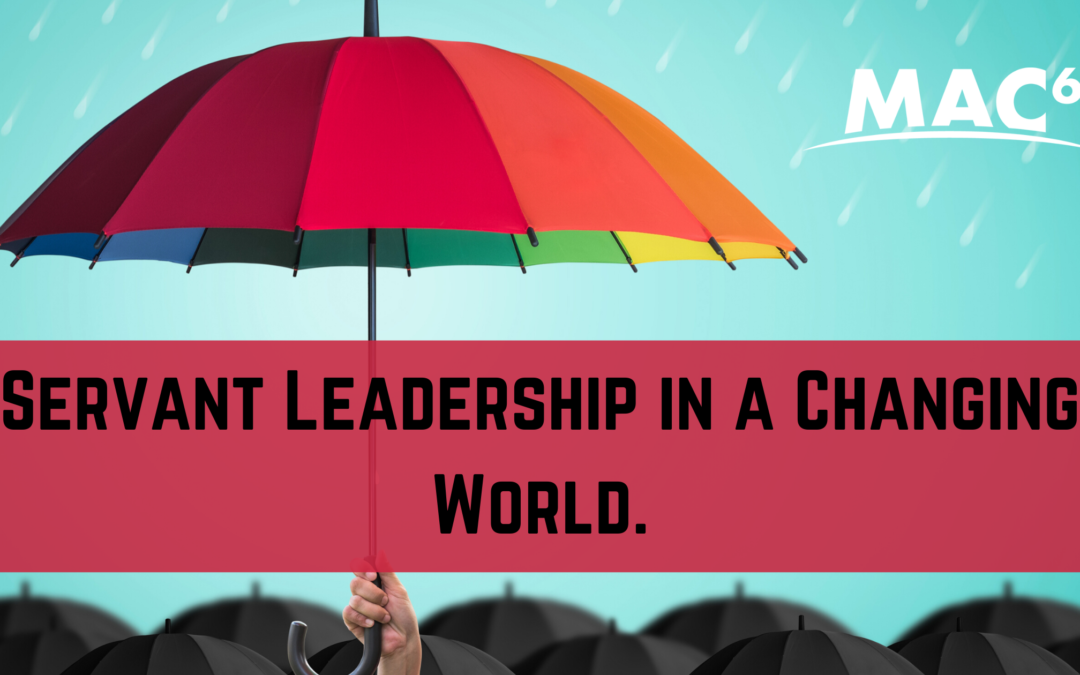Collectively, as a nation and the world at large, we have experienced more change and disruption in the last few months than any other time in recent history. We have all been experiencing the two things the human condition despises: uncertainty and change. Take heart in the fact that humans are highly adaptable creatures. We are finding our way to a new normal and life will continue. As we have been navigating, one thing has stood out. Experts and researchers are predicting that organizations with strong, people-centric leadership will fare better and ultimately perform better than leaders with other styles.
When the world was waking up to what this mysterious Coronavirus was, I found myself as the leader of our Educational Programing for small to medium size businesses, looking for resources to help. I hurriedly jumped on as many webinars and calls with leading business experts I could find. I was looking for ideas to help our MAC6 Community of businesses. Questions swirled around my head. What happens to organization’s 2020 strategy? How do they/we navigate all the new government aid programs? What happens to company’s financial projections for the year ahead? These are the topics I assumed the greats like Patrick Lencioni, author of the important business book (and many others) 5 Dysfunctions of a Team, would be talking about on his calls. But it simply was not.
Patrick and others like him were spending all their time talking about how leaders can show up for their people right now. He shared stories of leaders of huge Fortune 500 companies who were diving into the moment, increasing their own empathy, and finding was to build trust among their teams. These leaders who, despite so many strategies to adjust, forecasts to update, and plans to create they were taking half a day to simply check in with their teams. Asking, “How are you…really?” People could feel the authenticity and genuine nature of the questions. These leaders truly cared about how their people were really doing and then encouraged their teams to go do the same thing to their teams. The CEO’s who chose to hit pause in an unprecedentedly hectic time initially saw higher levels of productivity, reduced levels of stress and anxiety and an increase of creative ideas and problem solving. All things that are needed to navigate uncharted territory. Stopping and investing in people pays off.
However, this concept of Servant Leadership is not new. Robert K. Greenleaf first popularized the phrase “servant leadership” in “The Servant as Leader”, an essay published in 1970. In this essay, Greenleaf explains how and why he came up with the idea of servant leadership, as well as defining a servant leader. Greenleaf believed the betterment of others to be the true intention of a servant leader: “I serve” in opposition of the traditional “I lead” mentality. Leaders who serve their employees well, will in turn, have employees that serve their customers well.
Leaders who embrace this mindset by investing in their people, show vulnerability when they don’t have all of the answers and come to the office with a “how can I help” attitude will almost certainly be the leaders who help lead this world to our next normal. That’s a change I can get behind.

